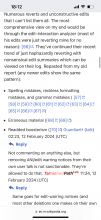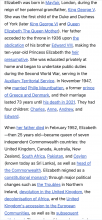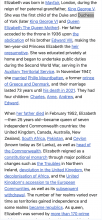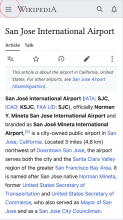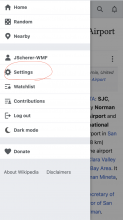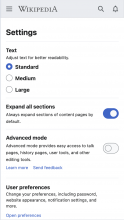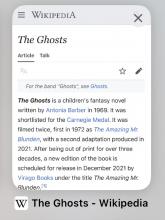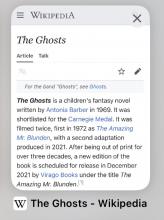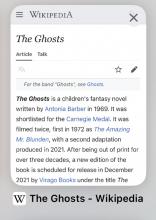Background
T357724: [Regression] Users are getting the incorrect default mobile font size introduced some changes to the line height of text in the Minerva skin. We would like to use this ticket to outline the rationale for these changes and centralize the conversation around any issues that may arise based on the new line height
Acceptance criteria
- Summarize rationale for line height changes
- Based on conversation, determine what if any further changes are required
